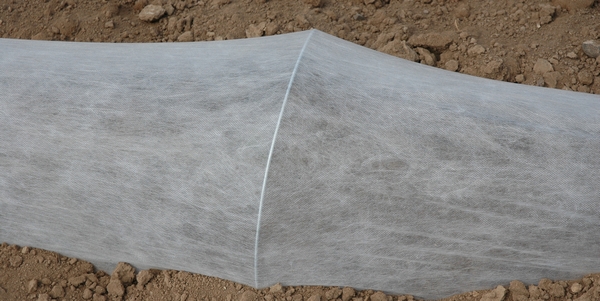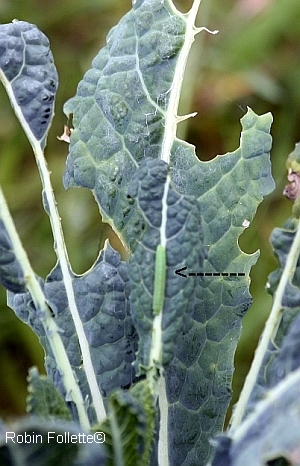Pest Control Barriers for the Garden
Wes asked about pest control in a comment in last week’s blog so let’s talk about pest control barriers this week. Pests can turn a beautiful garden into a disaster in short time. Miss a day in the garden after transplanting seedlings and you might go back to stubs.
Pest Control Barriers
Barriers physically block the pest from reaching the plants. Mulch, hotkaps and floating row cover are used most often. IRT stands for Infra-Red Transmissible. IRT mulch is a plastic sheet that covers the soil. You cut or burn a hole for the seeds or seedlings you’re planting. It suppresses weeds and cuts down on pest habitat. The heat IRT gathers during the day discourages cool-loving slugs from hiding underneath and helps keep them away from the plants. It doesn’t break down and has to be removed by hand. It can be used two to three years with care. Straw, spent hay,
Hotkaps are a waxy paper cap used to cover plants or seeds. When the plant grows the top can be opened to allow the plant to continue to grow while protecting its lower leaves. They’re a dual purpose tool. They also warm the soil and protect the young plants from frost. Birds won’t clip the seedlings with their beaks and pests such as cucumber beetles won’t find the seedlings until they’re large enough to survive an attack.

Floating row cover on a low tunnel. Photo courtesy of Colorado State University.
Barriers do have a couple of downfall to watch out for. As much as they block pests out, they can trap them in, too. Check daily for pests like flea beetles that rise from the soil. If you mulch your plants to block weeds and keep the soil cool (broccoli, cauliflower, cabbage) you might be providing a place for slugs to hide.

Cabbage worm and the damage it has done.
Slugs can be an easy pest to solve. Boards placed in the garden paths give slugs and pinchers a place to get out of the sun. Look under each board in the morning and discard the slugs. I feed them to my chickens. Unlike Wes, my slugs are one inch long, not four inches. <shudder>
Floating row cover keeps cabbage butterflies from landing and depositing eggs on the plants. Those eggs hatch into cabbage worms, the best that leaves holes and green droppings on your brassicas. Floating row cover also helps to prevent birds from eating your strawberries and other fruits and blocks grasshoppers, leaf hoppers and similar pests. Remove the cover long enough to allow pollination for plants that need help from bees (eggplant, peppers).
Create habitat that attracts frogs, toads and snakes (as long as they aren’t poisonous snakes, of course). The snakes sun themselves on a pile of rocks at the end of the garden in the morning then move into the garden to eat. Broken pots and small stacks of sticks provide shade for frogs and toads.
We’ll cover other methods soon. If you need to use a pesticide choose the least toxic necessary (even if it’s organic) and follow the instructions exactly. I use a pesticide called spinosad. It’s available in organic products. It must be used according to label to avoid harming bees and other beneficial insects.
Do you have tips you can share? What do you do to control pests in your garden?
